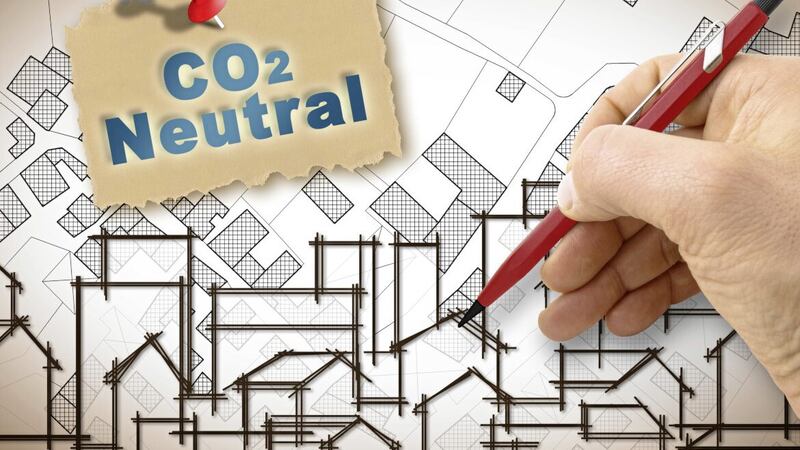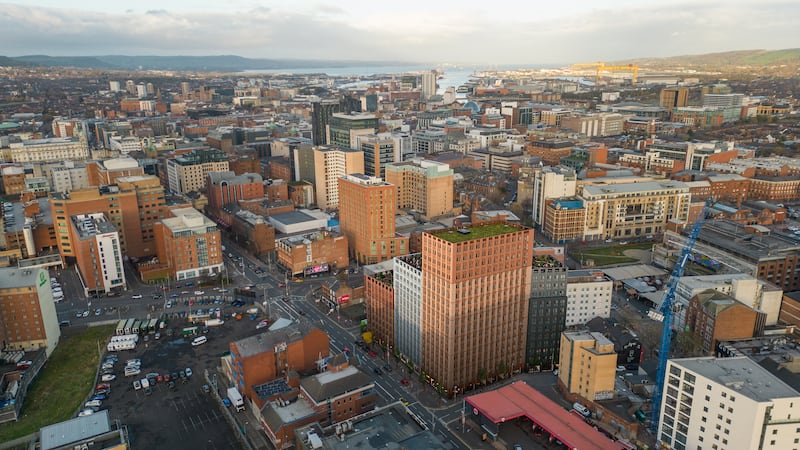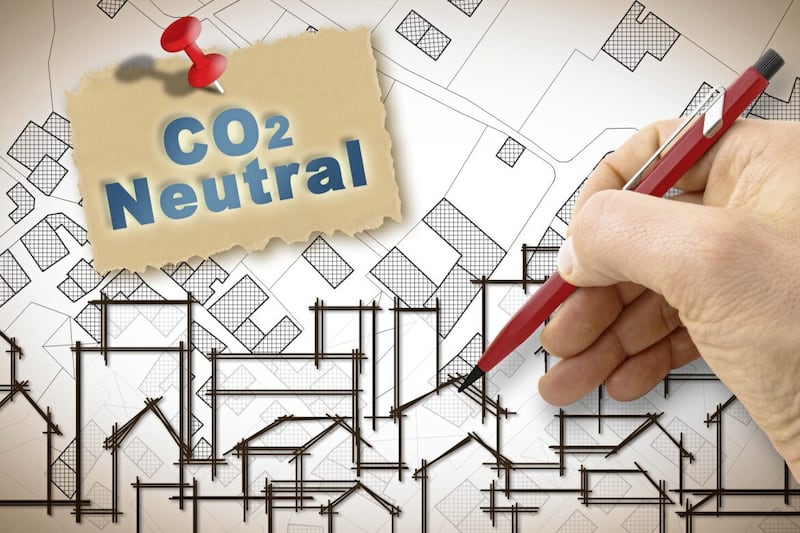WITH every passing day we continue to lose ground on the fight against climate change and with this grows the necessity for Co2 emissions to fall to zero.
In recent years European and UK governments have made commitments to reach net zero by mid-century. For example, in May 2019 the Committee on Climate Change (CCC) recommended that the UK should aim to be net zero on all greenhouse gases by 2050. This would keep the UK in line with the 2016 Paris Agreement.
Informed by the Paris Agreement, the UK Green Building Council (UKGBC) launched its ‘Net Zero Carbon Buildings: A Framework Definition’ document at Westminster in 2019. It defines what achieving net zero carbon emissions means in terms of the construction of a building, the operation of it, and how to reduce embodied carbon levels.
The framework provides informed definitions and principles around approaches to achieving net zero carbon buildings which could be used throughout the industrial and commercial development sectors.
According to the 2020 UK Greenhouse Gas Emissions Report, the industrial sector accounted for approximately 9 per cent of UK greenhouse gas emissions, informed by this, the Industrial Decarbonisation Strategy expects industrial emissions to be reduced by two-thirds by 2035 and 90 per cent by 2050.
So how do we get there? The real challenge and opportunity for the sector will be to combine carbon focus with efforts to improve its productivity which may result in companies reassessing its entire manufacturing life cycle.
Before a company begins this process there are a number of areas to consider. When designing products, companies should seek to reduce waste during production. With raw material selection, sustainable materials could be used.
The production process should be seen as an opportunity to improve operational efficiency and reduce waste while implementing smart production technologies. New shipping plans could reduce carbon footprints by choosing local suppliers where possible. In the after market, companies could shift towards the circular economy model by providing spare parts, repair, recycle and disposal services to other companies.
According to the UKGBC Net Zero framework, there are currently no UK commercial buildings which are considered net zero. Within the sector there are two main areas of interest - existing buildings, and new buildings.
With existing buildings there are growing concerns about the high levels of embodied carbon required to run old buildings. This has led to the assumption that replacing existing buildings with energy-efficient alternatives will reduce carbon emissions.
However, there’s growing support that retrofitting existing structures to increase energy efficiency may be preferable given the embodied carbon involved in the construction and demolition of those structures.
It’s no surprise that new buildings are a large part of the net zero conversation, given the extent to which the current built environment contributes to global carbon emissions.
One good example of industry collaboration to change current practice is within the UK Building Regulations which would seek to mandate a whole life carbon assessment and limiting of embodied carbon emissions as part of the building design process. The proposal aims to normalise the calculation, reporting and limitation of embodied carbon emissions from the beginning of a project.
So, while future policies for reducing carbon emissions are still in development, this shouldn’t give reason to delay forward-thinking organisations.
Net zero can only be achieved by making conscious decisions to reduce Co2 levels throughout the construction process, from the design stage right through to project after-care, while being properly supported by the government.
By doing this, we can transform the industrial and commercial development sectors to be leading examples in a more sustainable economy.
:: Barry Gray is co-founder and director of Gray Design








